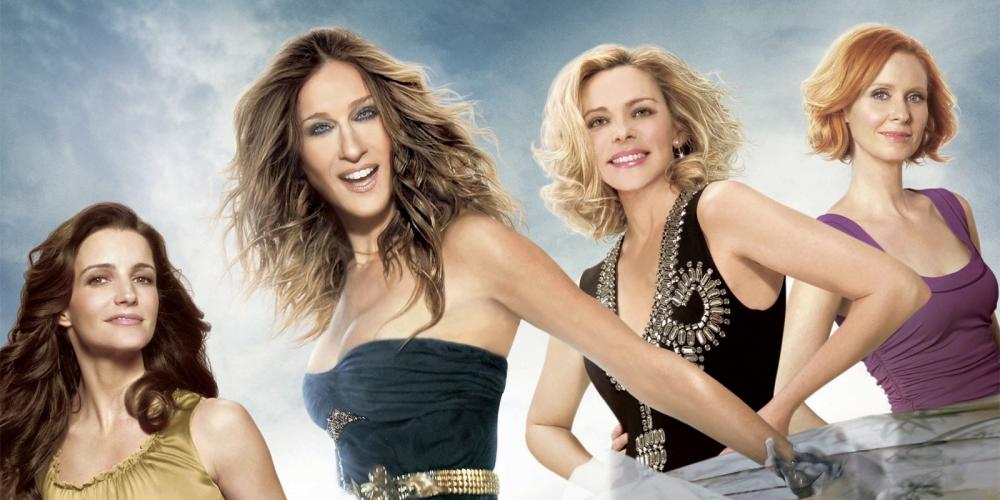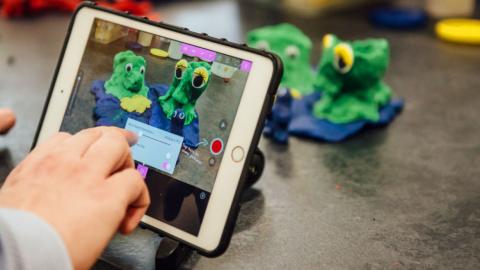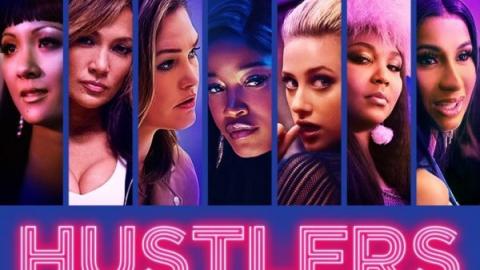Throwback Thursday: A Review of Sex and the City
Share with friends

The show is witty, risky, and oh so fabulous!
Sex and the City is an iconic romantic comedy-drama television show about women navigating life and dating in New York City. The show first aired on HBO on June 6th, 1998. Twenty-one years ago, we were introduced to Sarah Jessica Parker as the passionate and whimsical sex columnist Carrie Bradshaw, Kim Cattrall as the bold and provocative publicist Samantha Jones, Cynthia Nixon as the cynical and brilliant lawyer Miranda Hobbes, and Kristin Davis as the romantic and innocent art dealer Charlotte York, four best friends living their best lives in their 30s and learning so much along the way. The show was created by Darren Star and based on a book/collection of essays written by Candace Bushnell. It has won 3 Screen Actor Guild Awards, 8 Golden Globes, and 7 Emmys.
Truely, Sex and the City is a show about women and friendship. While life has its ups and downs, your friends are always there supporting you, and while boyfriends come and go (a whole lot in this show), friends are forever. The women is this show are amazing because they have agency, are flawed and realistic, and do whatever the hell they want and don’t give a shit about what other people think. They buy expensive clothes, drink cosmopolitans, talk endlessly, go to art and fashion shows, have sex, support one another, and partake in many other luxuries that come with privilege and money. They also grow as the show goes on, muddling through marriage, babies, divorce, still having a very active social life.
The show is witty, risky, and oh so fabulous. Carrie often narrates as she writes her column, exploring questions of love and life. Each episode kind of has its own theme and life lesson, at the very least offers something to ponder about. This is a show that is really easy to pick up at any episode and doesn’t necessarily have to be watched in order to make sense.
My biggest critique of Sex and the City is that it lacks minority representation, making its view of New York City way more white than the cultural melting pot really is. Throughout all six seasons, only one serious boyfriend of the four main characters was black (and another not so serious boyfriend--but that’s pretty much it for any minority boyfriend characters, and these ladies go on a lot of dates). While the show lacks in ethnic diversity, it does at least maintain stronger gay and transexual representation. There are quite a few gay characters and even Samantha has a serious relationship with a woman artist for just a few episodes. The transexual characters are always minor, mostly working at bars or being loud outside of Samantha’s window at night.
This show for sure does not represent the life of an average woman, as money and privilege are a big part of these women’s lives. But their characters are still believable and the relationships are a major driving force. This is a show that I have watched dozens of times and will continue to watch as the years go by. The show broadcast its final and 94th episode in 2004, but was followed by two feature films and prequel television series (The Carrie Diaries). Sex and the City is is a cultural staple that will continue to be popular (at least in the hearts of many women) for a long long time (or maybe as long as E!, the network that marathons the show almost every day and night nowadays, keeps doing just that).




